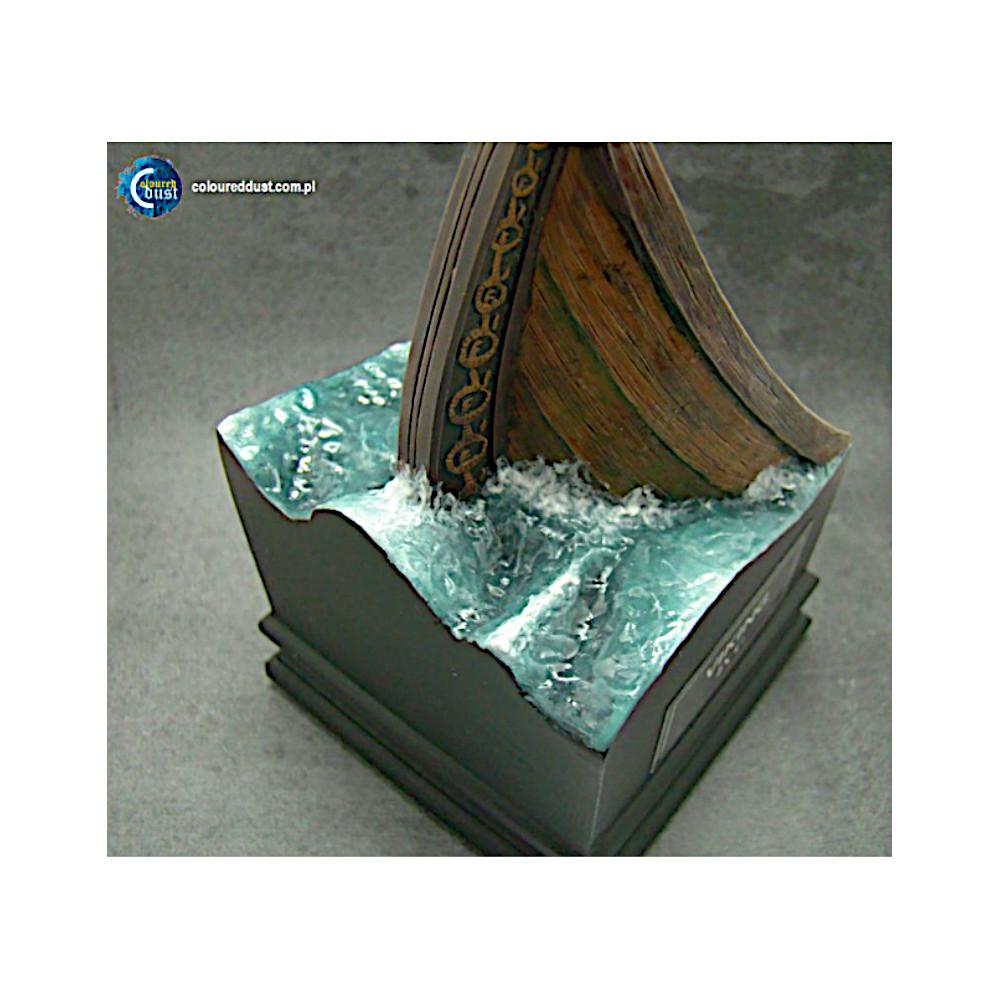Your cart is currently empty!
The Killer Guide to Basing Large Figures
Basing large figures shows your work to its full potential. Like figure painting, basing is an art form. Once you learn its elements you will be able to create a complete visual story.
Contents
Scenic Bases
Scenic bases give you a way to show your painted figures to their best advantage. You can choose either a base, plinth, or pedestal to create just the right impact.
There are technical differences between bases, plinths, and pedestals. But the terms are interchangeable in miniatures, so any technical distinction is blurred.
Things are confused further by the use of the word basing. Basing refers to everything done apart from painting the mini. So creating a stand for the figure, decorating it, and attaching it all fall under basing.
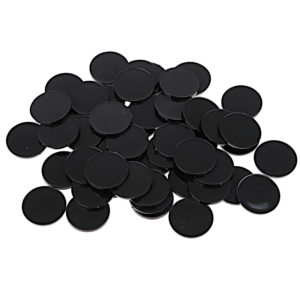
What Is A Base?
Wargaming figures can rarely stand on their own. So they are attached to a flat piece called a base. Depending on the figure scale, a single base holds one or more minis.
Bases come in a variety of sizes and shapes. The most common is circular, but you can find oval, rectangular, and hexagonal bases.
Players use a standard decorating scheme for all the miniatures in a game. The base is usually quite simple when used as pieces in RPGs or wargames. The simplicity makes the gameplay easier.
Scenic bases are similar to game bases because the figure stands directly on the base. But minis on display bases are rarely used in gameplay, so they are highly decorated.
The scenic base and the figure create a tableau or picture.
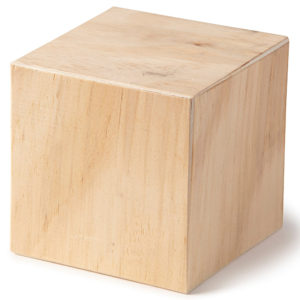
What Is A Plinth?
A plinth is a rectangular platform on which a miniature stands. Since the mini stands directly on the plinth, it is often lumped in with bases.
As a general rule, a plinth is taller than a base. Plus, plinths are often much wider than a base. So it is much easier to create a tableau with a plinth.
In addition, the tableau is usually more elaborate than one seen on a base. The plinth is often carved or decorated to incorporate it into the tableau.
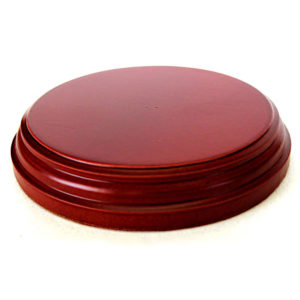
What Is A Pedestal?
A pedestal is a circular column on which a miniature stands. A pedestal can be very short, so it functions like a base. Also, it can be tall, so it works like a plinth.
Like plinths, pedestals create a large base to create an exciting tableau. Pedestals can be plain or decorated but rarely incorporated into the tableau.
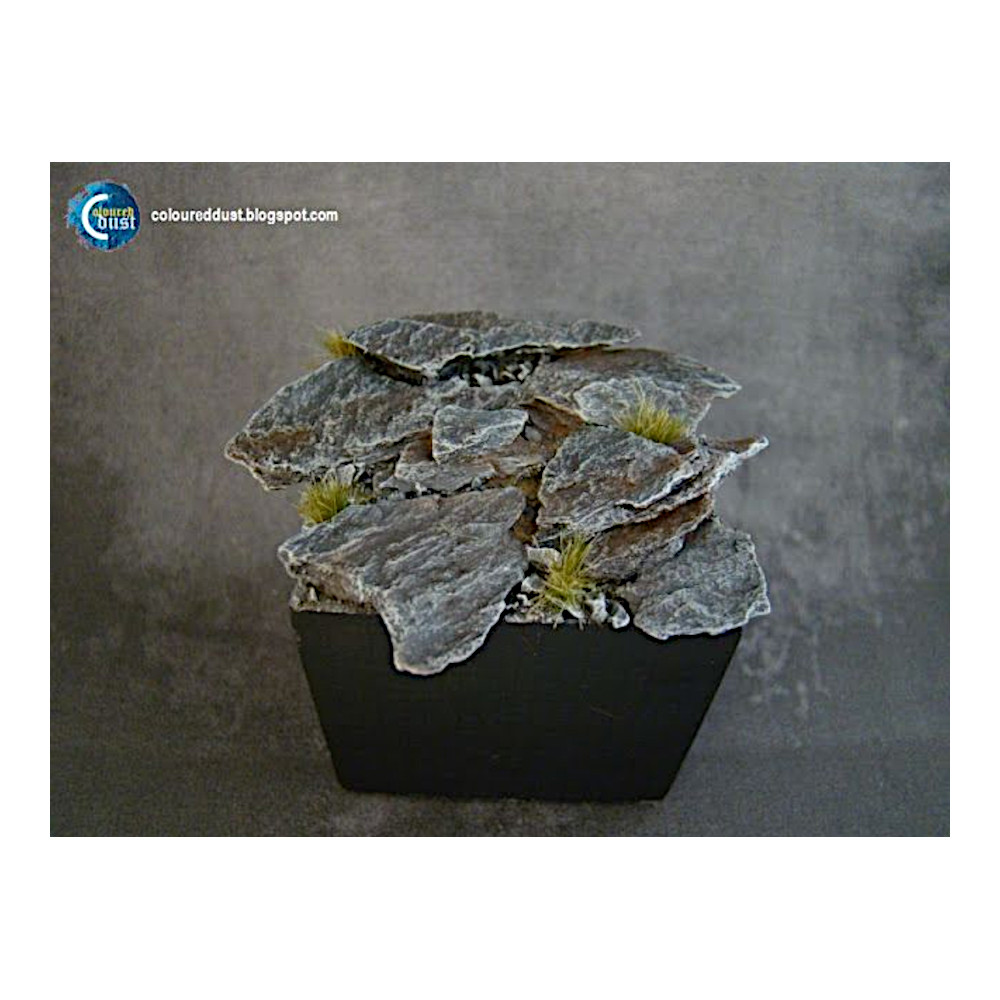
How To Make A Stone Base?
Geologists have a saying – rocks remember.
Neil Armstrong
Our own planet has wild stretches covered by rocky outcroppings. Pictures sent back from Mars give us another look at the same kind of terrain. It seems like rocks are everywhere.
Then you can study this excellent tutorial — How To Make A Stone Base?
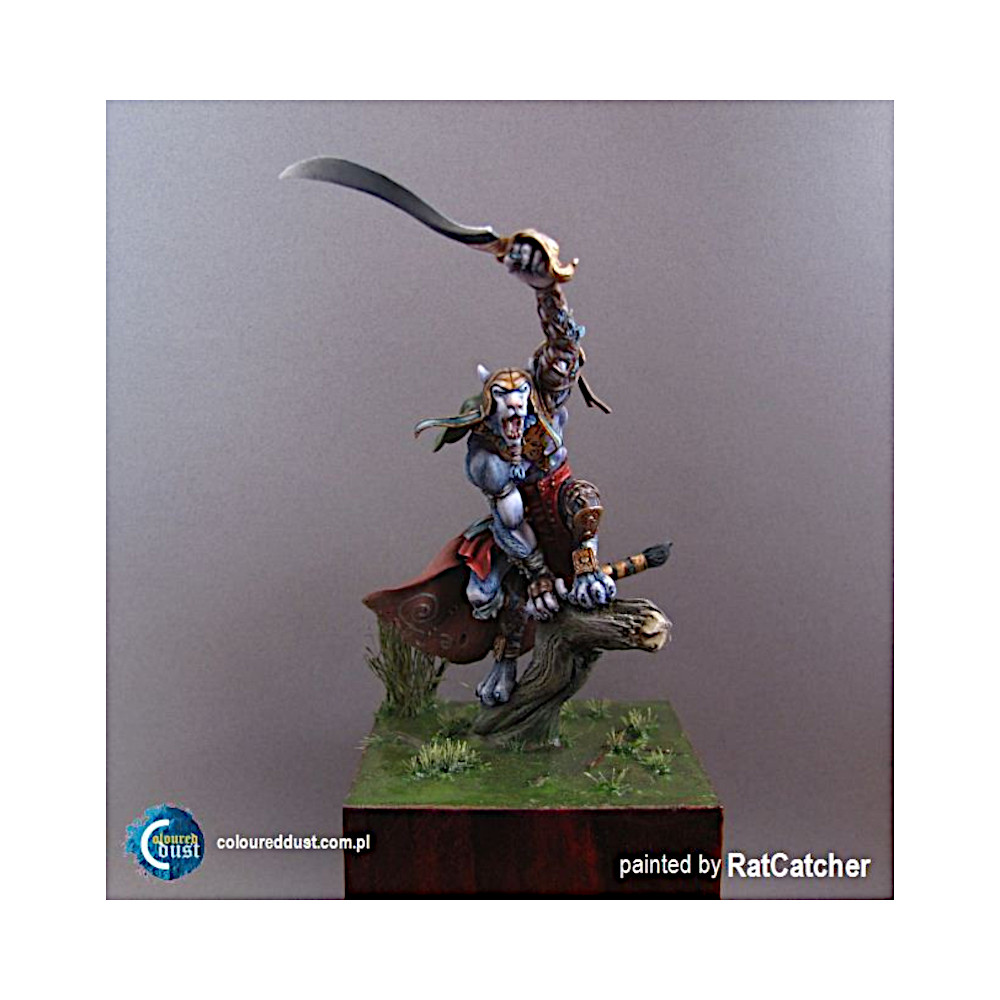
How To Make A Swamp?
Massive forests and swamps defined the ecology of the outer rim planet.
. . . Massive life-form readings, though. There’s something alive down there.
Luke Skywalker
Then you can use the techniques in How To Make A Swamp? to create your base.
These large figure bases might even be big enough to crash land on.
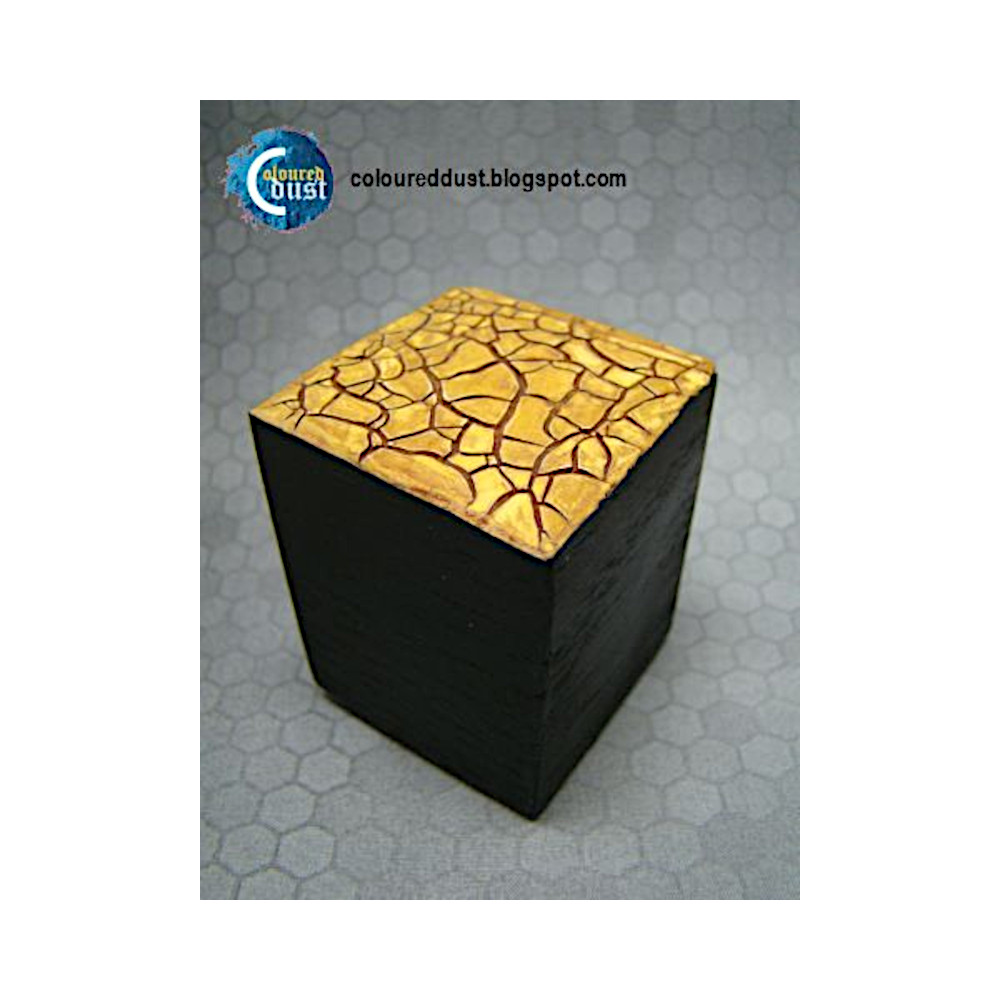
How To Make A Desert Base?
Need to make that perfect base for Sand People? Perhaps you need a dry riverbed or dried marsh flats.
You will never find a more wretched hive of scum and villainy. We must be cautious.
Ben Obi-Wan Kenobi
Basing large figures requires a scale that creates a context for a figure. Something a small base cannot do.
You can almost smell the sunburnt dust in this instructional – How to make a desert base?
How To Make Splashing Water
For some of us, water is so abundant it falls from the sky. When it does, we can enjoy the fun.
When life throws you a rainny day, play in the puddles.
Winnie the Pooh
Large bases give you enough room to tell a story. C’Tan shows us how to add action to our bases.
Just listen to the rhythm of the falling rain in this instructional – How to make splashing water.

